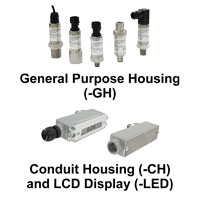 As industries such as building automation and water/wastewater become more energy-efficient, powder and bulk is also increasing energy efficiency using pressure transmitters and variable frequency drives. Pressure transmitter demand is also growing due to more stringent regulations in hazardous environments, where remote control and specialty housings must be available.
As industries such as building automation and water/wastewater become more energy-efficient, powder and bulk is also increasing energy efficiency using pressure transmitters and variable frequency drives. Pressure transmitter demand is also growing due to more stringent regulations in hazardous environments, where remote control and specialty housings must be available.

With a typical dust collection system, a pressure sensor (such as our Series A3000 or Series DHII) can measure differential pressure across filter bags. The sensor then sends a switched signal to a timer board (such as the Series DCT500A or DCT1000) to signal a filter cleaning. Pressure in the system is created by a blower, typically positioned near the filter banks on top of the hopper. The system can also use a level switch (like our Series PLS and Series CLS2) to signal a full hopper and possibly open a valve to empty the hopper. So how do pressure transmitters reduce energy consumption? And how can you prevent an explosion in a hazardous environment without the additional cost of specialty enclosures? Continue reading “Pressure Transmitters: Increasing Efficiency and Safety”
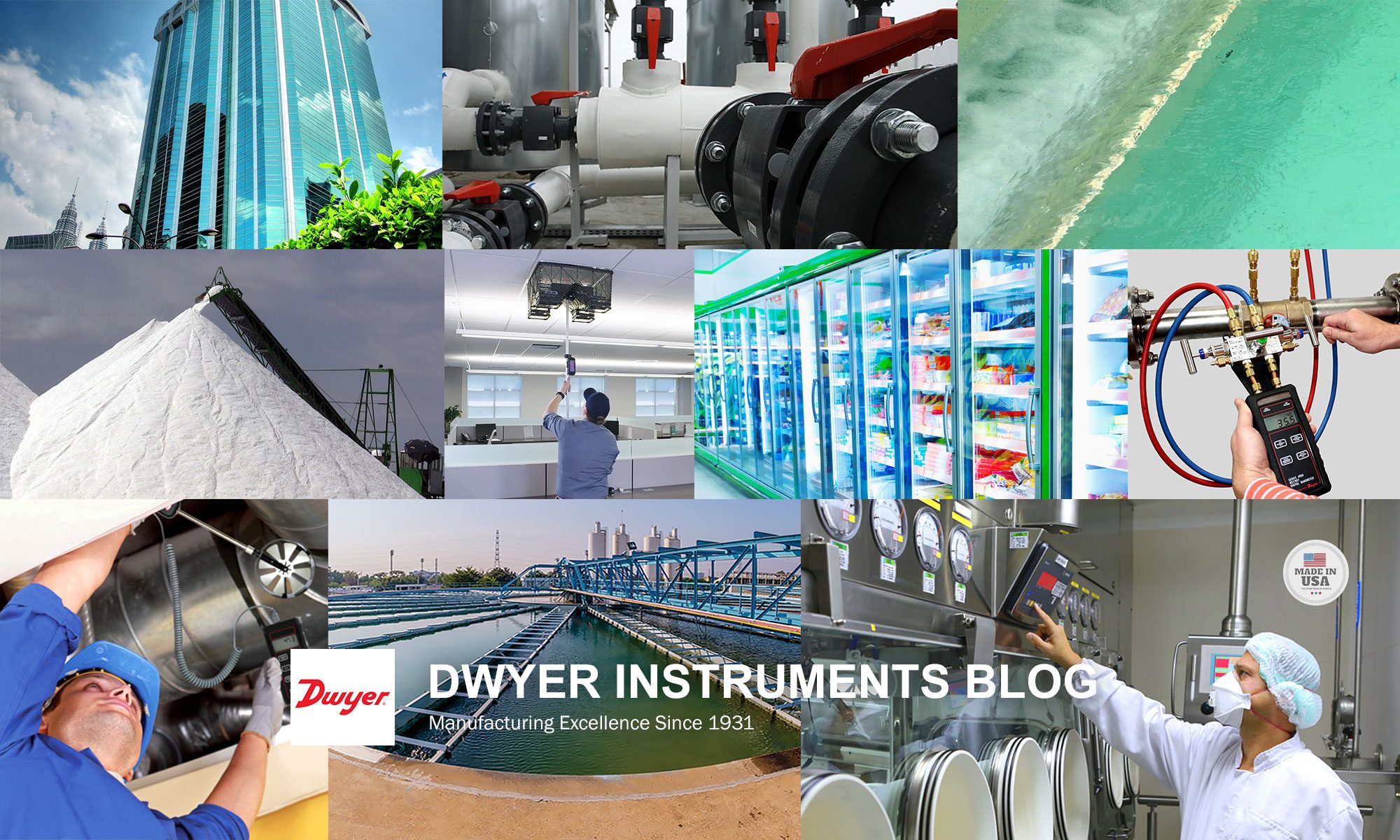
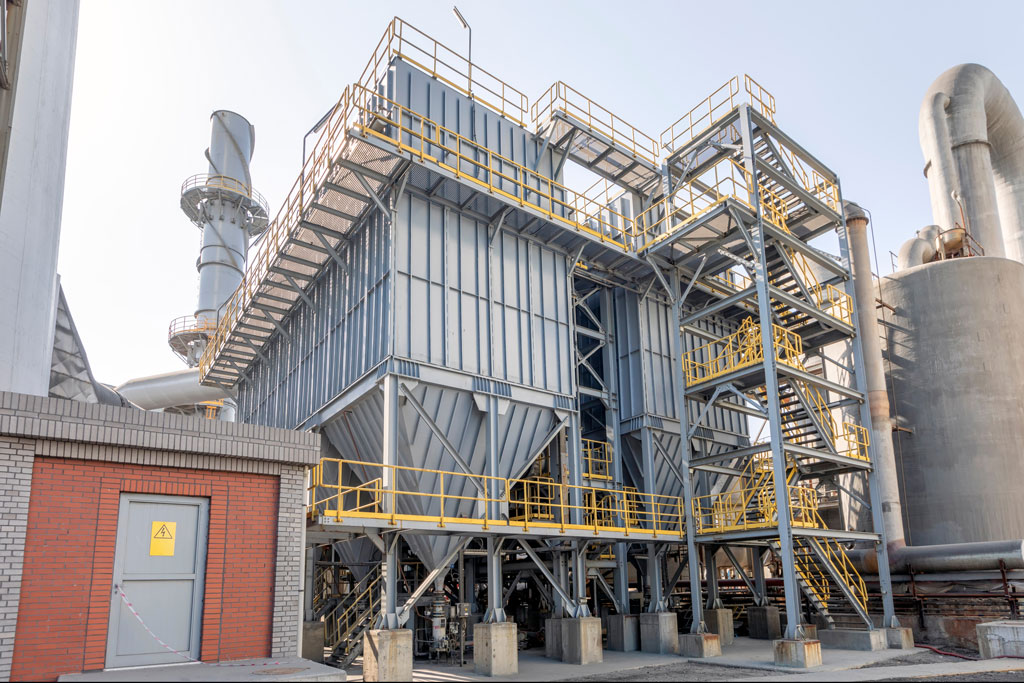

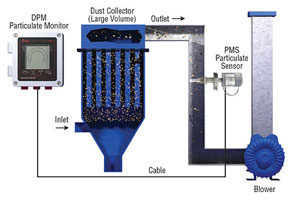
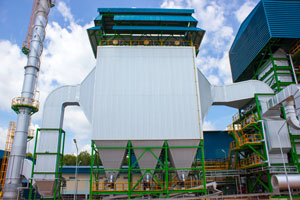 Dust Collector
Dust Collector